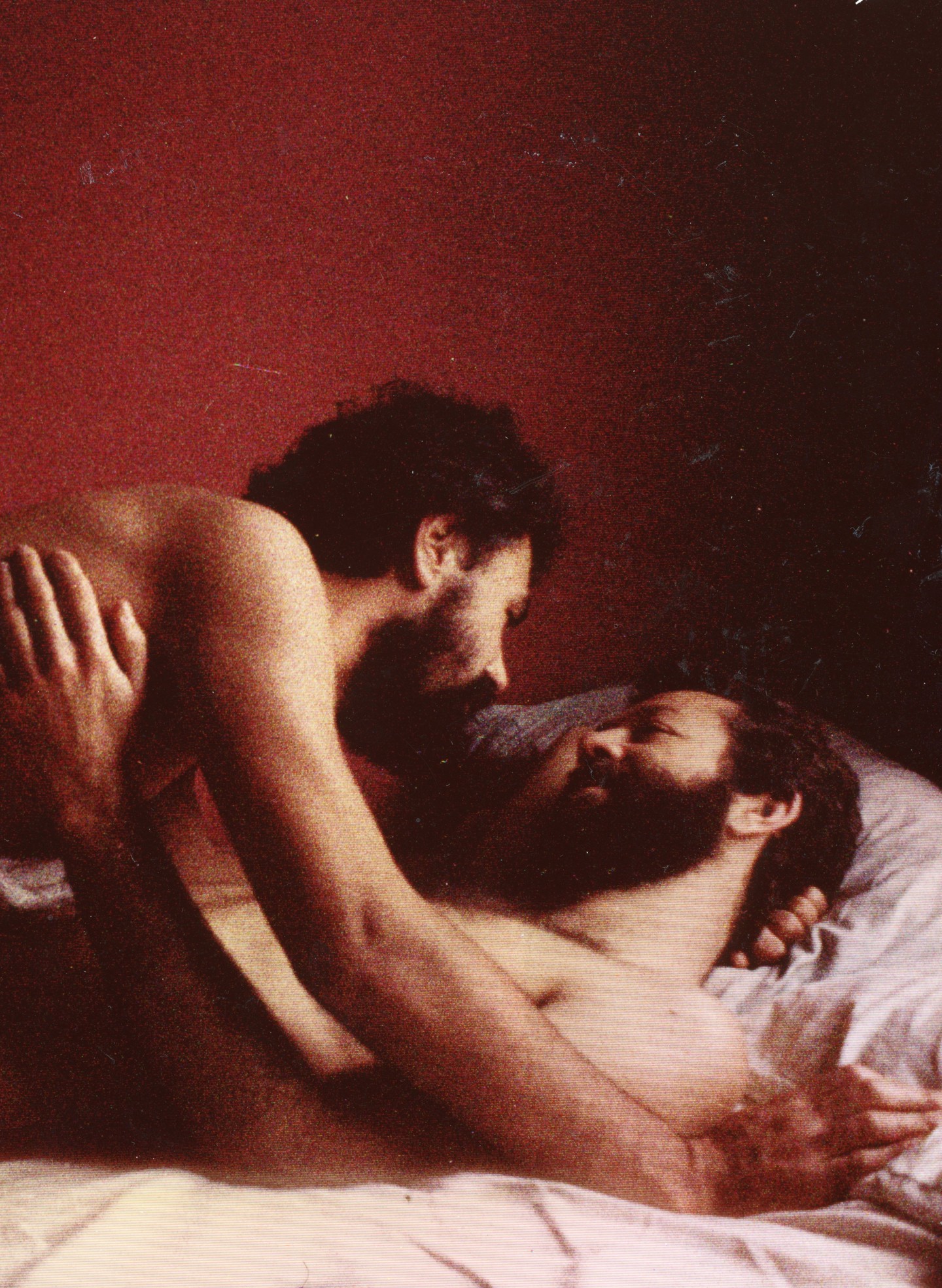Vale Gary Cocker.
We are saddened to hear of the recent passing of Gary Cocker.
Cocker’s photographs of Christine Hellyar’s 1985 apron sculptures were included in the exhibition Set Dressing, which closed in June this year. We are grateful to have grown to know Gary through his close involvement in the planning and staging of this exhibition and humbled to have been able to publish an extended conversation archiving his practice and life in its accompanying publication. Gary will be remembered for his gentle warmth, sharp wit, humour and generosity.
Born in 1956, Cocker studied at Elam School of Fine Arts between 1984-85. In 1985, he was among a group of gay and lesbian students who staged the exhibition Queer Pictures in the crypt of St. Paul’s Church on Symonds St. Timed to coincide with the second reading of the Homosexual Law Reform Bill, the exhibition toured the country the following year, as the bill made its way through Parliament.

Christine Hellyar, Chicken, 1985, photo: Gary Cocker.

Gary Cocker, Untitled photograph from Queer Pictures, 1985.
Following graduation, Gary went on to contribute to the emerging contemporary Pacific arts scene in Tāmaki Makaurau in the late-1980s and early 1990s, exhibiting his paintings in the exhibitions Fanguna ‘E He Manatu Ki Tonga - Awoken by Memories of Tonga at Auckland Museum and Bottled Ocean at Auckland Art Gallery.
Throughout this time, Cocker worked part-time in health care, working alongside survivors of sexual abuse and people living with HIV. He retrained in psychotherapy in the mid-1990s.
A photograph from Cocker’s Queer Pictures series was reproduced in the publication for the exhibition Implicated and Immune: artists’ responses to AIDS (1992, Fisher Gallery) alongside an extended handwritten tribute to his friends Thomas and Dennis which meditates on sexual possibility and community responsibility in the early 1990s. He writes, “Working with AIDS has taught me that facing the possibility of death can force us to become more alive. This seems the best possible response an individual can make & this choice is one I see friends take daily to become more alive than they were.”
Gary relocated to Rakiura Stewart Island with his husband Bevan in the early 2000s, where he lived until this year. Our thoughts are with Bevan, their daughter Olivia, and all those who loved and cared for Gary.